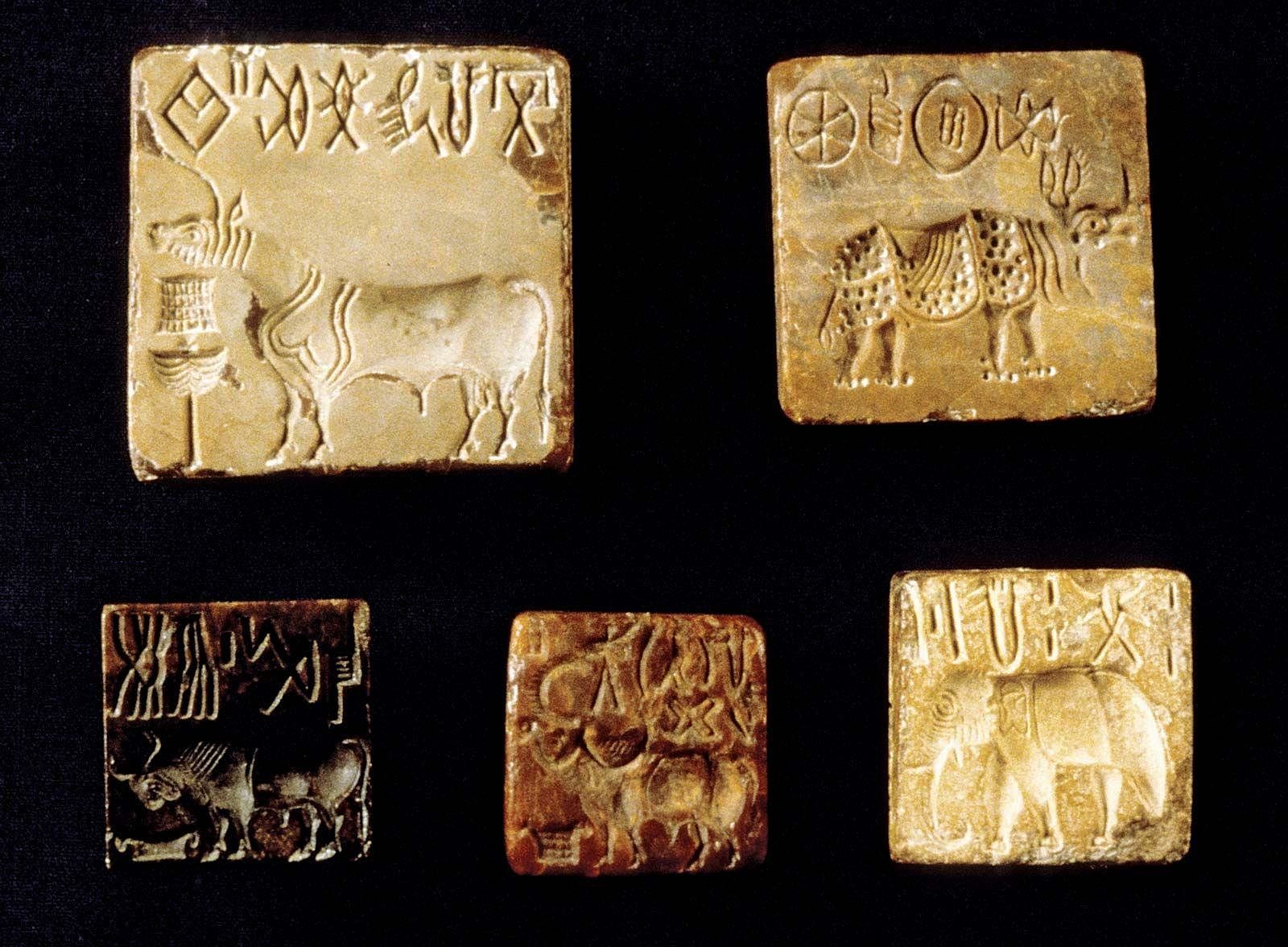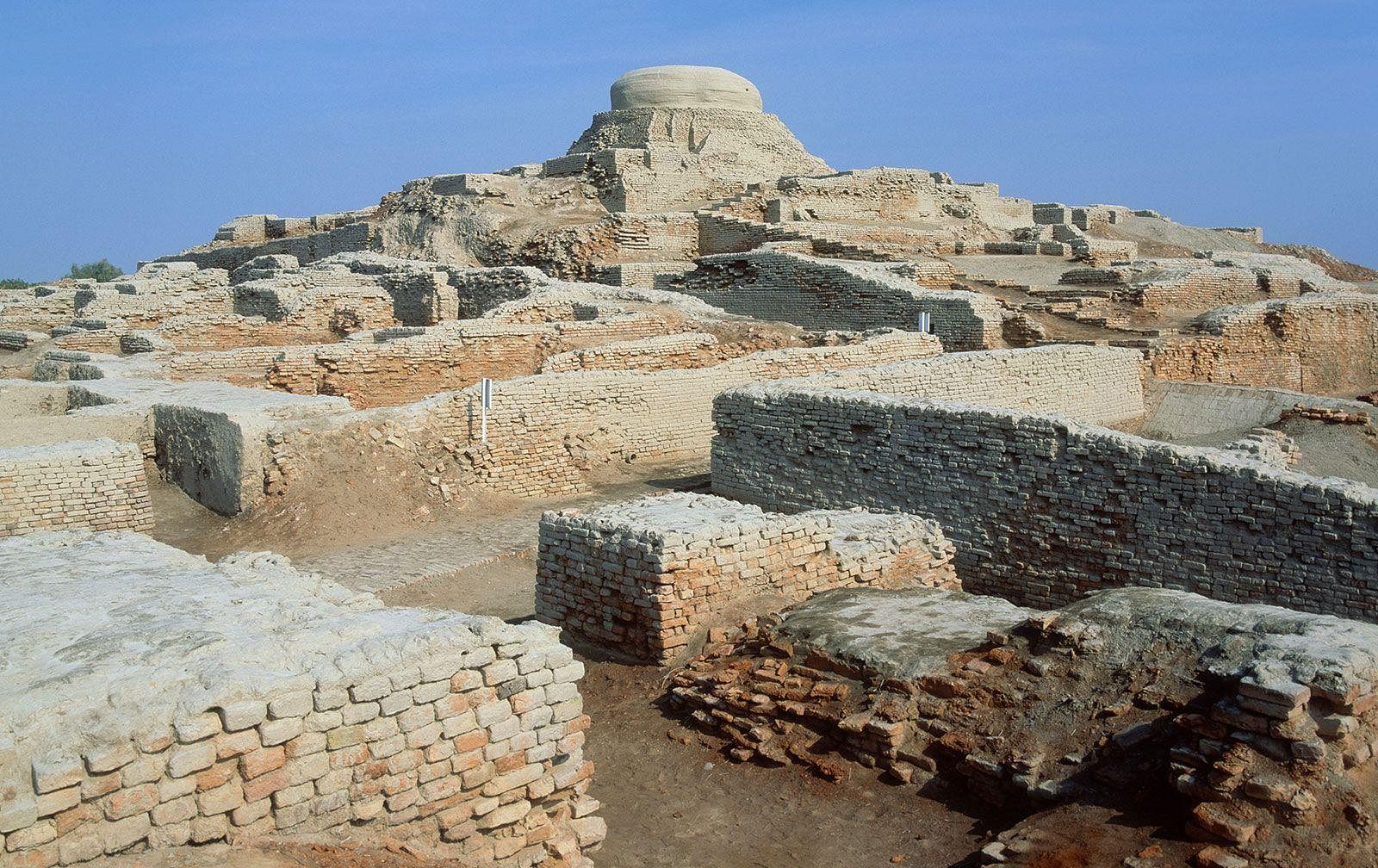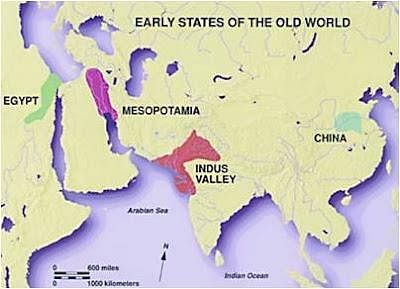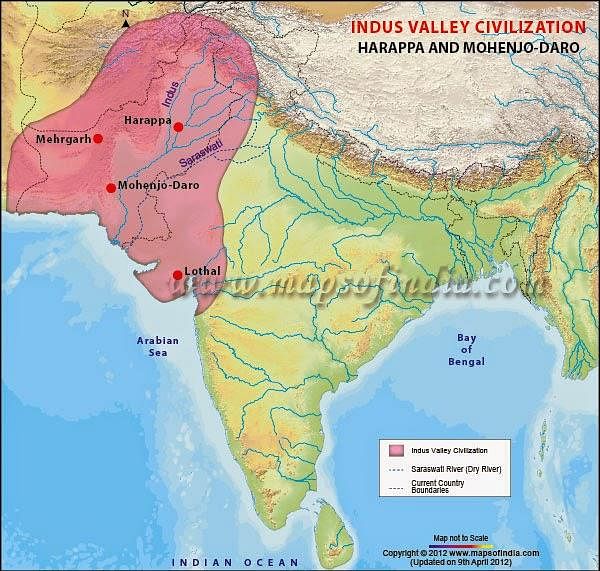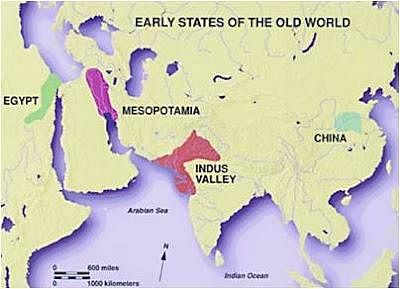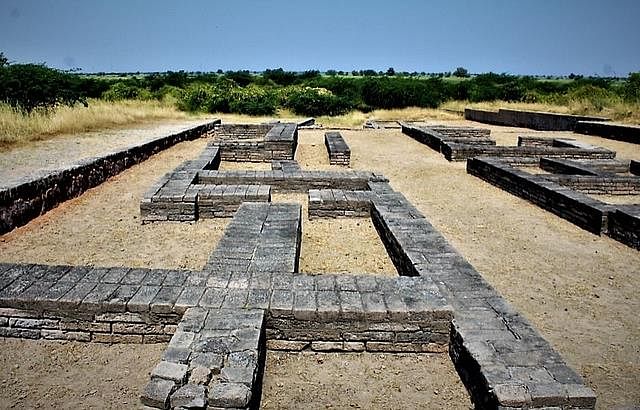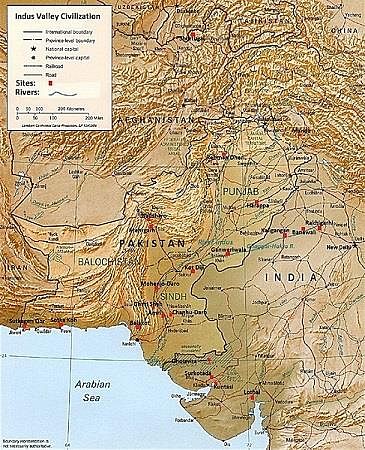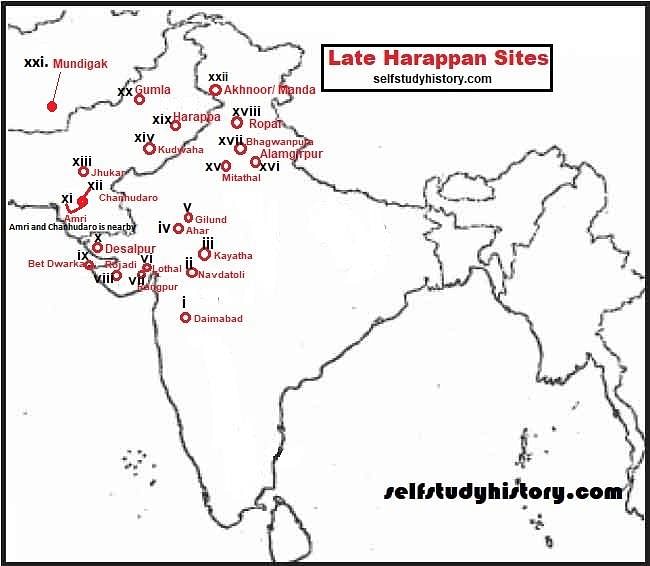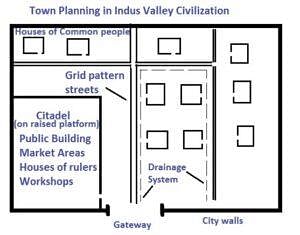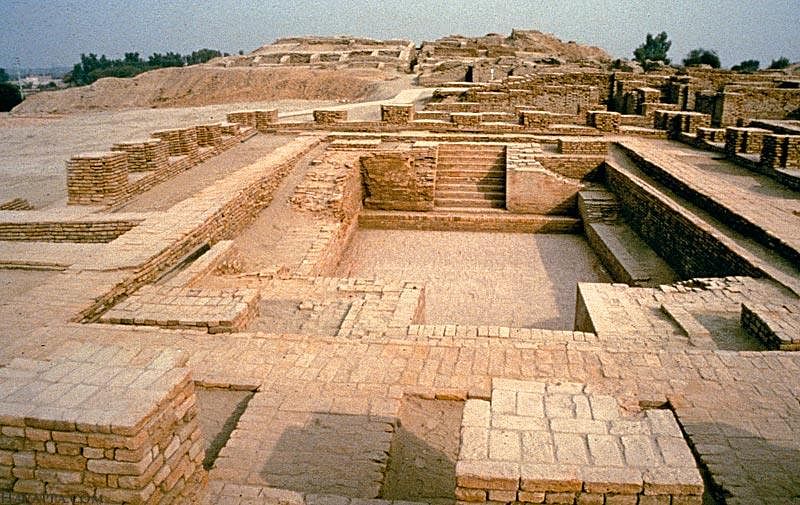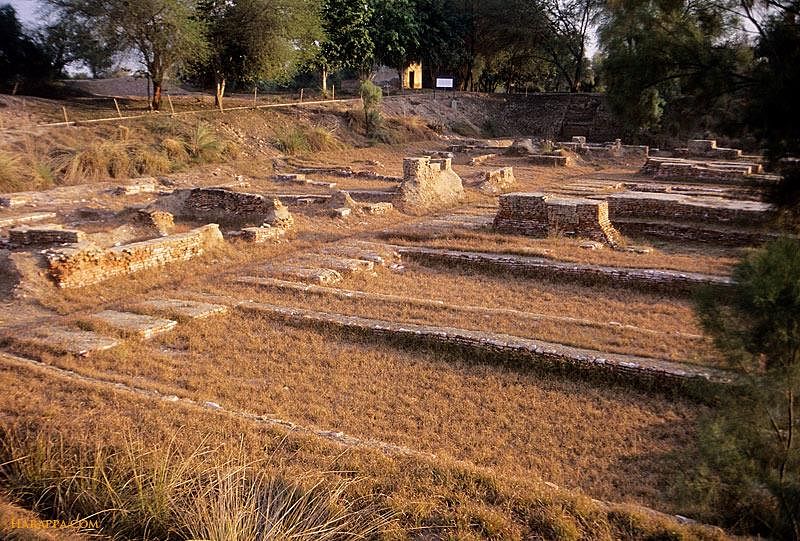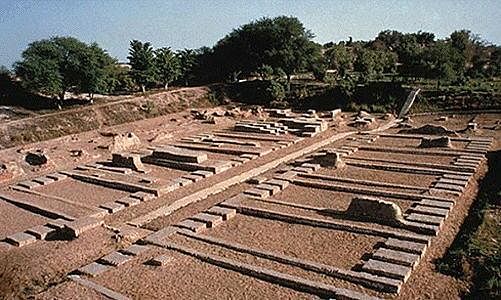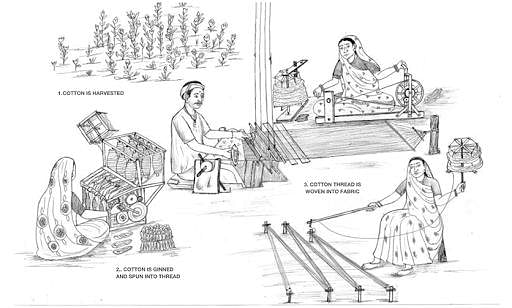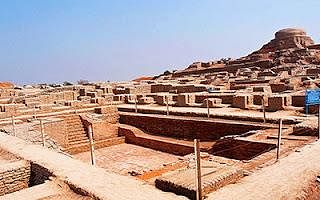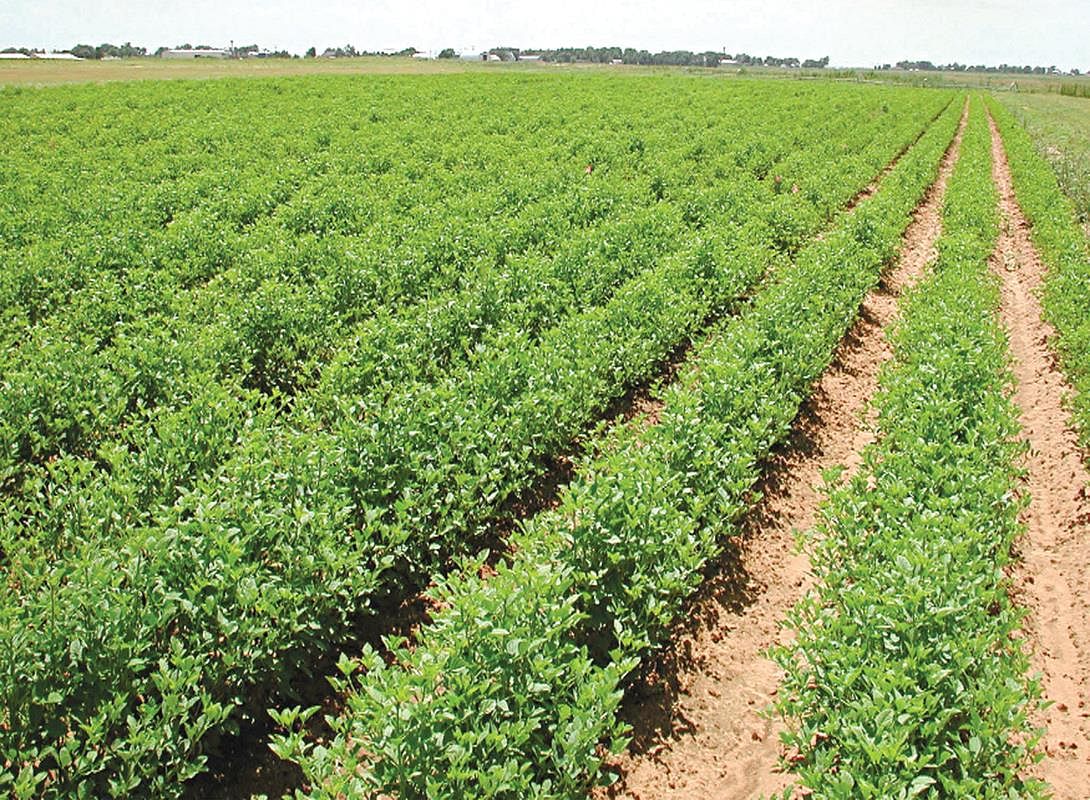|
Card: 3 / 51 |
True or False: The Harappan Civilization extended from the Narmada estuary in the north to the Makran coast in the south. |
|
Card: 4 / 51 |
False. The Harappan Civilization extended from Jammu in the north to the Narmada estuary in the south. 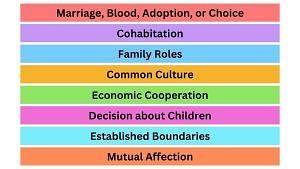 |
|
Card: 7 / 51 |
The Harappan Civilization covers a geographical area of approximately ___ square kilometers. |
|
Card: 9 / 51 |
True or False: The Harappan Civilization is smaller in size compared to ancient Egypt and Mesopotamia. |
|
Card: 13 / 51 |
True or False: The Harappan Civilization extended from the Narmada estuary in the north to the Makran coast in the south. |
|
Card: 14 / 51 |
False. The Harappan Civilization extended from Jammu in the north to the Narmada estuary in the south. 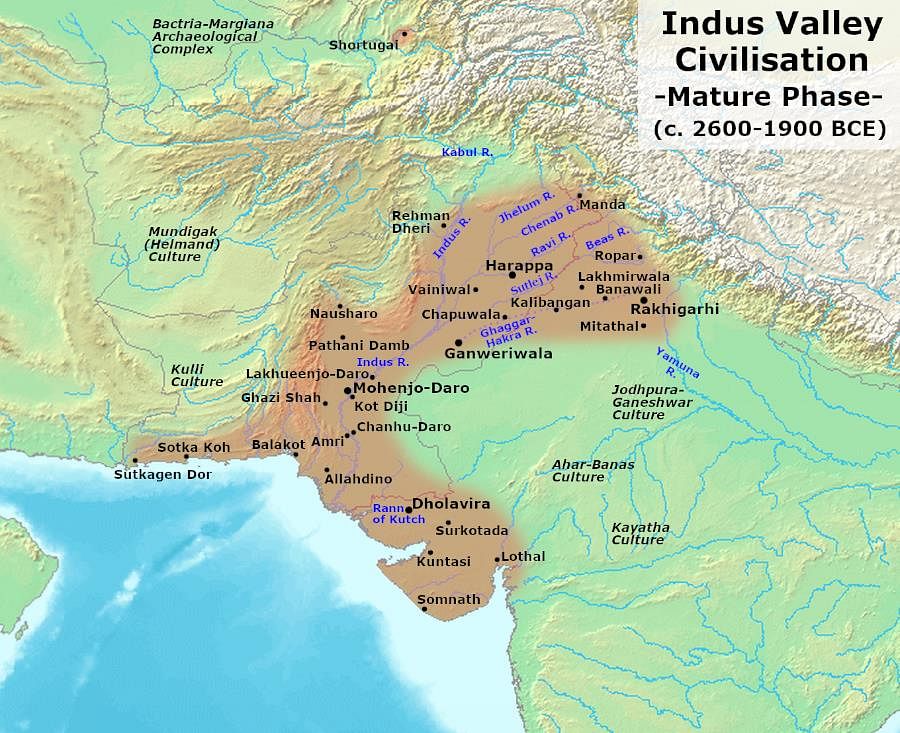 |
|
Card: 15 / 51 |
The Harappan Civilization covers a geographical area of approximately ___ square kilometers. |
|
Card: 17 / 51 |
Which ancient civilization is known for its advanced urban planning and was primarily located along the Indus River?
Solution:
The Harappan Civilization, also known as the Indus Valley Civilization, is recognized for its remarkable urban planning, including the layout of cities like Harappa and Mohenjodaro. This civilization thrived between 2600 and 1900 BCE in the northwestern regions of South Asia, primarily along the Indus River. It featured advanced drainage systems, grid patterns of streets, and impressive architectural structures, showcasing a high level of social organization and technological innovation for its time.
|
|
Card: 18 / 51 |
True or False: The Harappan Civilization is smaller in size compared to ancient Egypt and Mesopotamia. 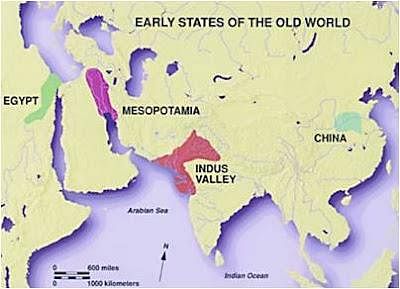 |
|
Card: 20 / 51 |
Fill in the blank: The major cities of the Harappan Civilization include Harappa, Mohenjo-daro, and ___. |
|
Card: 24 / 51 |
True or False: The Mature Harappan phase is evident in all known Harappan sites. |
|
Card: 26 / 51 |
The architecture of the Indus Valley Civilization is characterized by a system of ___ and ___. |
|
Card: 28 / 51 |
Which of the following is the largest desert in the world?
Solution:
The Antarctic Desert is considered the largest desert in the world, covering an area of about 14 million square kilometers. Unlike typical hot deserts, it is a cold desert, characterized by its extreme cold and ice-covered terrain. The Sahara Desert, known for its heat, is the largest hot desert but is significantly smaller than the Antarctic Desert. Deserts are defined not by temperature but by their low precipitation, and the Antarctic region meets this criterion, making it the largest desert overall.
|
|
Card: 29 / 51 |
True or False: The Great Bath in Mohenjo-daro is believed to have served a purpose related to ritual bathing. |
|
Card: 31 / 51 |
What unique feature of the Harappan cities demonstrates their attention to health and cleanliness? |
|
Card: 32 / 51 |
The impressive drainage system, where every house had its own courtyard and bathroom. 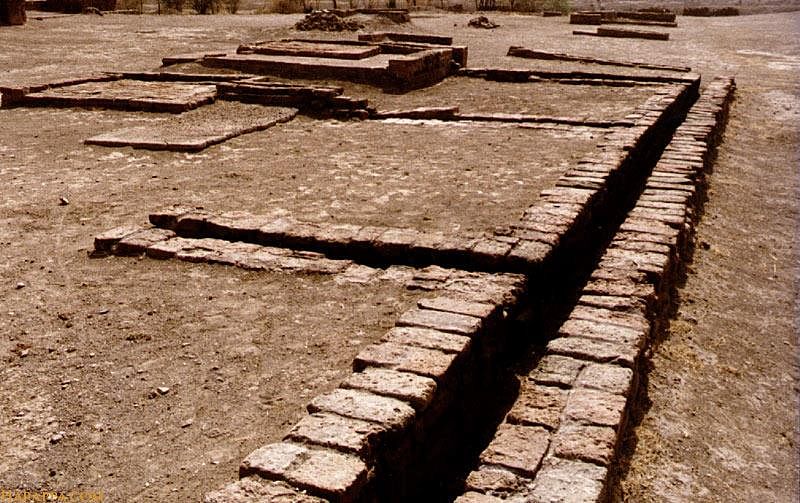 |
|
Card: 33 / 51 |
The granaries in the Harappan cities were primarily used for ___ and were often located near ___ banks. |
|
Card: 35 / 51 |
True or False: The use of baked bricks was less common in Harappan cities compared to contemporary civilizations like Egypt. |
|
Card: 36 / 51 |
False: The use of baked bricks in Harappan cities was more common than the use of dried bricks in Egypt.  |
|
Card: 37 / 51 |
Fill in the blank: The largest building in Mohenjo-daro was a ___ measuring 45.71 metres long and 15.23 metres wide. |
|
Card: 39 / 51 |
Which ancient civilization is known for its advanced urban planning and the use of a grid system in city layout?
Solution:
The Indus Valley Civilization is renowned for its sophisticated urban planning, which included a grid system for streets, as seen in cities like Mohenjo-Daro and Harappa. This civilization is notable for its use of baked bricks for construction and impressive drainage systems, demonstrating advanced engineering and a commitment to public health and sanitation. In contrast, while Ancient Egypt and Mesopotamia also had notable architectural achievements, their urban layouts did not use the systematic grid pattern characteristic of the Indus Valley cities.
|
|
Card: 40 / 51 |
The Indus Valley Civilization was the earliest to produce ___, known as sindon by the Greeks. |
|
Card: 42 / 51 |
True or False: The remains of rice have been found in the Indus Valley Civilization as early as 1800 B.C. |
|
Card: 44 / 51 |
Food grains were stored in large granaries in Mohenjo-daro and Harappa for ___ and ___ purposes. |
|
Card: 48 / 51 |
True or False: The Indus Valley Civilization exclusively relied on imported grains for sustenance. |
|
Card: 49 / 51 |
Which ancient civilization is known for its advanced urban planning and architecture, including the cities of Mohenjo-daro and Harappa?
Solution:
The Indus Valley Civilization, which flourished around 2500 BCE, is renowned for its sophisticated urban planning and architecture. The cities of Mohenjo-daro and Harappa exhibit advanced drainage systems, grid layouts, and uniform building standards, distinguishing them from other ancient civilizations. In contrast, the Mesopotamian civilization is characterized by city-states like Babylon and Sumer, while Ancient Egypt is known for its pyramids and temples. The Minoan civilization, centered on Crete, is recognized for its palatial architecture but does not match the urban planning of the Indus Valley.
|
|
Card: 51 / 51 |
False. The Harappan culture was not horse-centred, as neither horse bones nor representations appear in early and mature Harappan culture. 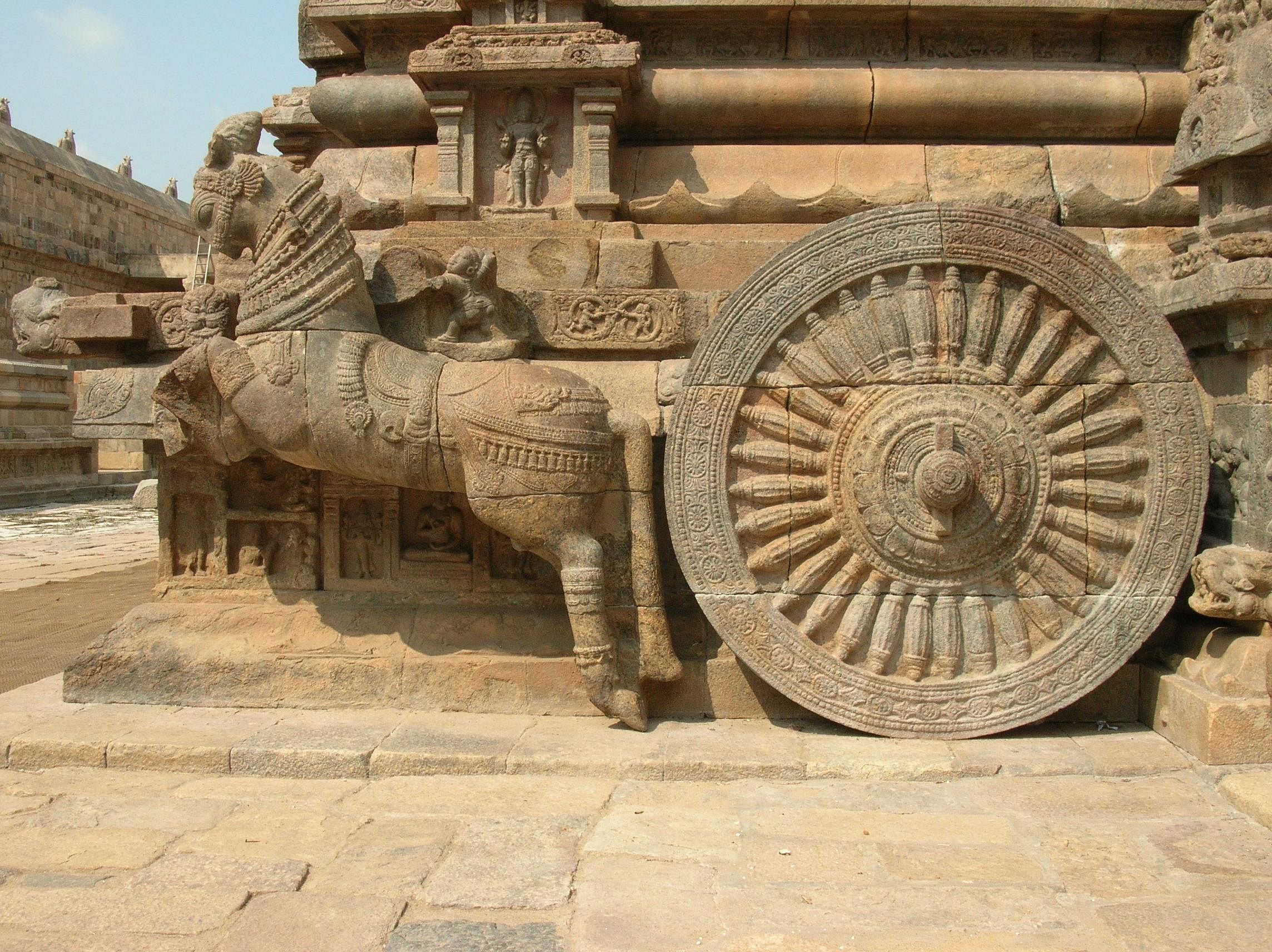 |




